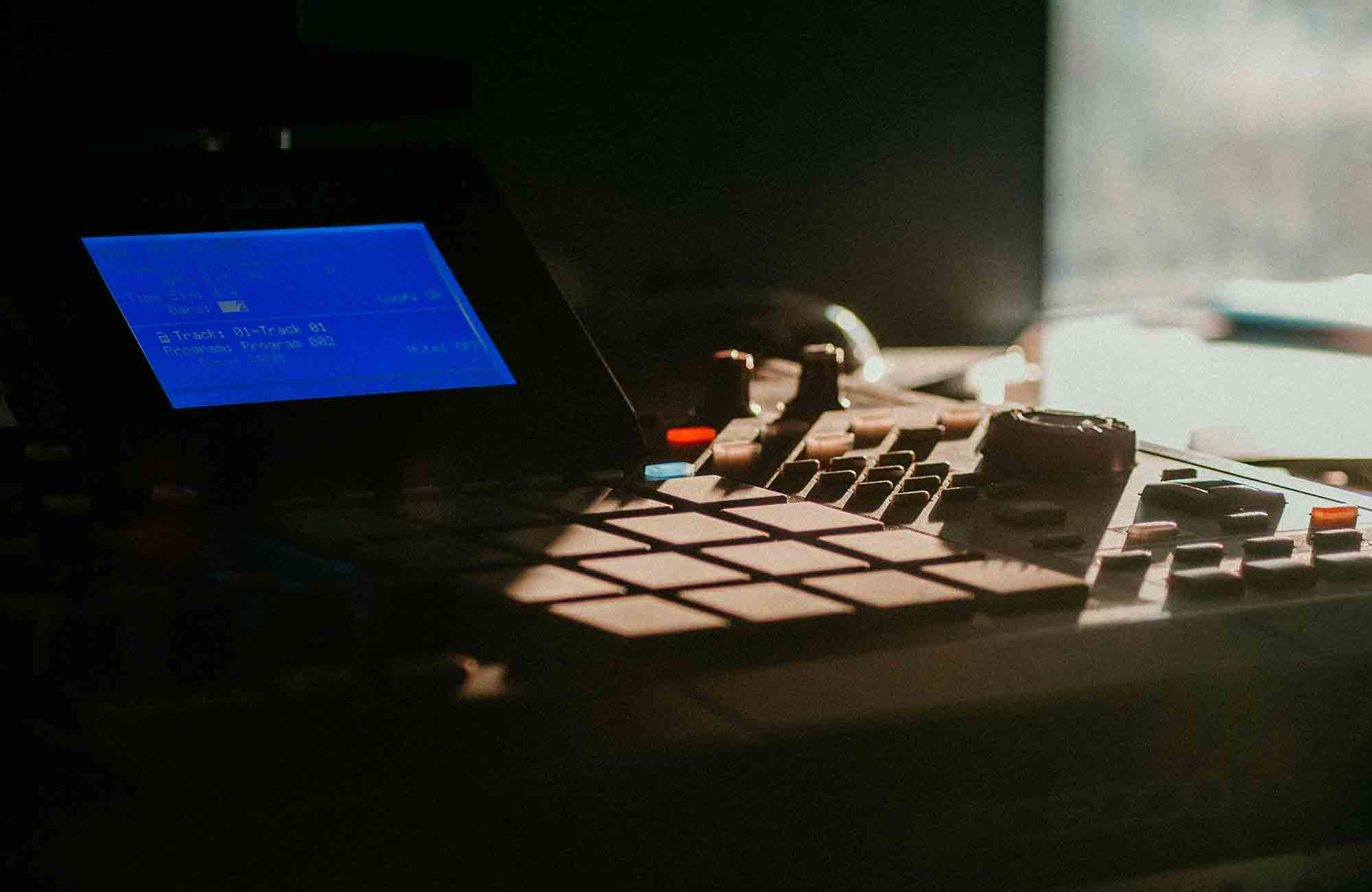
Hip Hop Beats: The Essentials
Hip-hop beats are the backbone of the genre, setting the rhythm and mood for some of the most iconic tracks in music history. This article will delve into the intricacies of hip-hop beats, exploring their origins, characteristics, production techniques, and evolution over time. We’ll also touch on the cultural significance of hip-hop and the role beats play in the expression and identity of this vibrant musical style.
Origins of Hip Hop Beats
Hip-hop emerged in the late 1970s in the Bronx, New York City, as a form of expression for marginalized communities. DJs at block parties began isolating the percussion breaks of funk, soul, and disco songs to create a continuous dance rhythm. This technique, known as breakbeat, laid the groundwork for hip-hop beats. Pioneers like DJ Kool Herc, Grandmaster Flash, and Afrika Bambaataa were instrumental in shaping the early sound of hip hop, using turntables to loop breaks, mix tracks, and eventually add vocalists or “MCs” who rapped over the beats.
Characteristics of Hip Hop Beats
The essence of a hip-hop beat lies in its rhythm and groove, typically structured around a looped sample or a drum machine pattern. These beats often incorporate kicks, snares, hi-hats, and basslines to create a rhythmic foundation. Over time, producers have added layers of complexity with synthesizers, sampled melodies, and various sound effects to enhance the texture and mood of the track.
A distinctive feature of hip-hop beats is their use of sampling, where snippets of other songs, sounds, or dialogue are integrated into the beat. Sampling not only pays homage to the original work but also allows producers to experiment with diverse soundscapes, creating something entirely new and original.
Production Techniques
The production of hip-hop beats has evolved significantly with advancements in technology. Early hip-hop relied on vinyl turntables and simple drum machines, but today’s producers use a wide array of digital audio workstations (DAWs), samplers, synthesizers, and software plugins. This digital revolution has democratized music production, making it more accessible for aspiring beatmakers.
Sampling remains a core technique, with producers digging through old records to find unique sounds to incorporate into their beats. Drum programming is another fundamental aspect, where producers meticulously craft drum patterns that serve as the heartbeat of the track. Additionally, sound design, mixing, and mastering play critical roles in ensuring the beat has the desired impact and quality.
Evolution of Hip Hop Beats
The evolution of hip-hop beats mirrors the genre’s expansion and diversification. From the simplistic, looped breaks of the 70s and 80s to the layered, sample-heavy beats of the golden era in the 90s, hip-hop beats have continuously evolved. The late 90s and early 2000s saw the rise of more polished, commercially viable beats, while the internet age has ushered in an era of genre-blending and global influences.
Today, hip-hop beats can range from the trap-infused, high-energy rhythms popular in the southern United States to the lo-fi, chill beats that have garnered a massive online following. Producers like Metro Boomin, Madlib, and J Dilla have become as recognizable as the artists rapping over their beats, highlighting the importance of beat-making in hip-hop culture.
Cultural Significance
Hip-hop beats are more than just musical compositions; they are a form of cultural expression. They convey emotions, tell stories, and reflect the social and political climate of their time. Hip-hop has always been a voice for the voiceless, with its beats serving as a canvas for artists to express their struggles, aspirations, and critiques of society.
Moreover, hip-hop beats have transcended their origins, influencing a wide range of musical genres and cultures around the world. They have become a universal language of resistance, empowerment, and solidarity, showcasing the genre’s profound impact on global music and culture.
Conclusion
Hip-hop beats are a testament to the creativity and resilience of the communities that birthed the genre. From their humble beginnings at block parties in the Bronx to their current status as a dominant force in the music industry, hip-hop beats have evolved while remaining true to their roots. They encapsulate the essence of hip-hop: innovation, expression, and an indomitable spirit. As hip-hop continues to evolve, its beats will undoubtedly remain at the heart of its cultural and musical revolution.
Browse Beats & Instrumentals
Check out my extensive catalog of more than 500 custom-made beats and instrumentals, available for free download or licensing.


No Comments